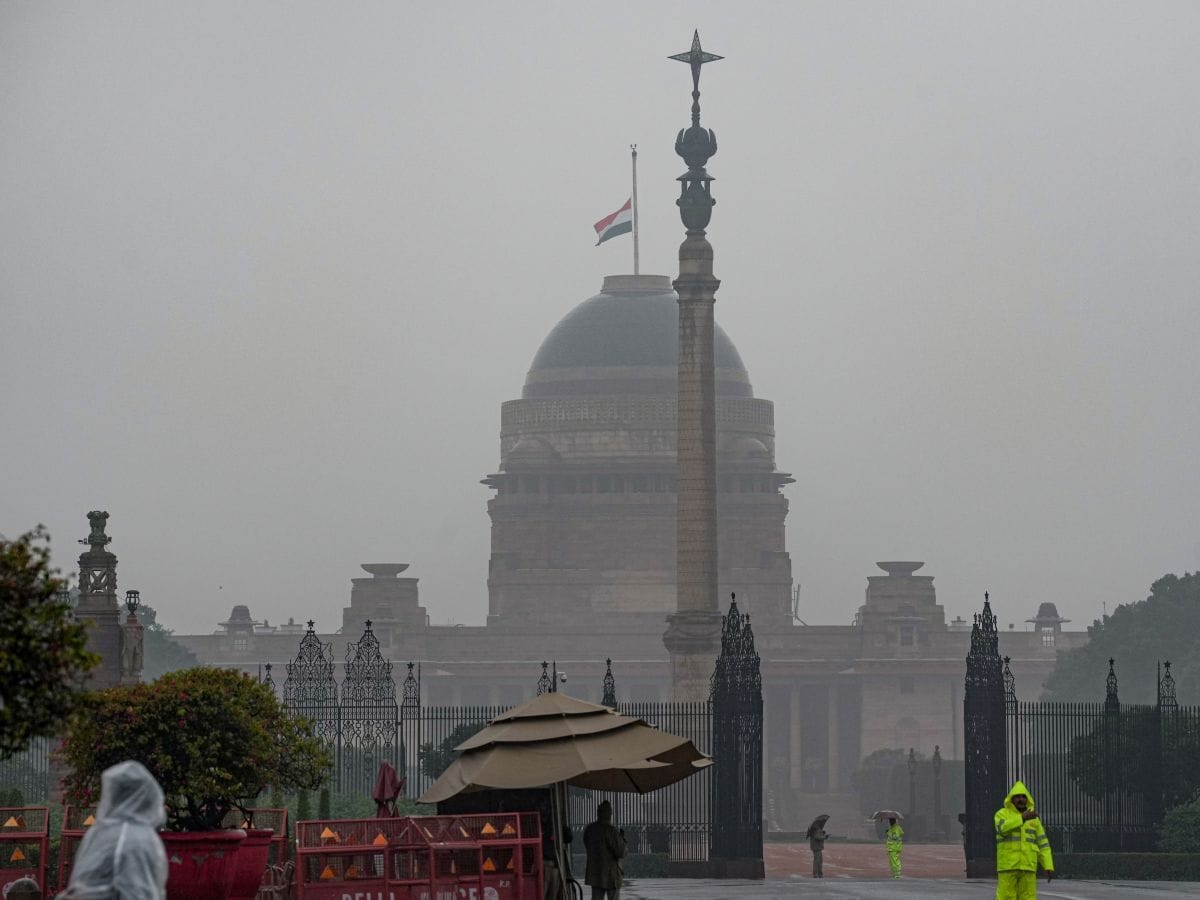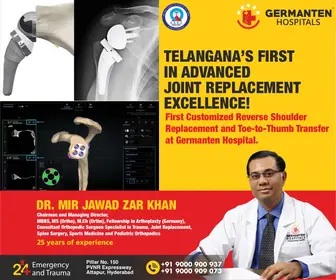
Election dates for Delhi Assembly elections required to be held in February are yet to be announced, but the bruising battle for votes has already begun with the BJP’s tallest leader, Narendra Modi and AAP’s chief Arvind Kejriwal shooting their fusillade at each other. The Congress is yet to get into the picture.
Interestingly, the Aam Aadmi Party, which came out of nowhere just over a decade ago beating down the long-ruling Congress, is now busy in its campaign which is focused on listing its gains during its stewardship to push back the likely anti-incumbency. The Bharatiya Janata Party is focused on unseating the rival by promises.
The Congress, a partner at the national level of AAP, is to compete for the non-Right Wing vote thus making it a triangular fight. The national capital is important to both for different reasons. AAP sees no point in going with it because in the Lok Sabha polls the two parties together only drew a blank which has made the BJP lick its chops.
These two parties can only rain on each other’s parades while, arithmetically, the BJP stands to gain. This election is a test for more of the voters than only the parties because AAP has, in a small state, has focused on social welfare and has promised more of the same and some added programmes. Would the voter look at his own gains or opt for an abstraction, Hindutva?
The impact of the programmes of the AAP would surely have been felt – free electricity to a point, water too, better fees-free government schools than the expensive private education, clinics for all at the mohalla level, et al. The felt impact of the AAP welfare schemes is important enough for BJP to announce they would continue if it won.
And yet, it has not been easy to run the welfare schemes for the AAP. Here is how.
Administering a small state helps infuse efficiency. One recalls the venerable news weekly the Economist calling the state government a ‘municipality’ once. This municipal-sized state actually has a total of two municipal corporations within it covering most of the state’s geography but the entire area is called the Union Territory of the National Capital Region. This is a ‘state’ but not entirely ruled by the elected executive.
Absence of statehood has been the biggest stumbling block for the government run by the chief minister because it is not fully empowered. The AAP has cried hoarse about it because the Lieutenant-Government, appointed by the Centre, is the government and he/she can shove an oar in the decisions by the elected. AAP calls it ‘interference’ but the Lt-Governor is a constitutional post.
Omar Abdullah, the recently elected chief minister has bemoaned the absence of ‘empowerment’ despite being popularly elected because at this moment, post-abolition of Art. 370, is a union territory (UT) but is patient as he waits for the promised restoration of a full statehood to Jammu & Kashmir. In the case of Delhi, the Centre has only asserted that in its case, the Lt-Governor “is the government”.
The Lt-Governor is the office to which the entire officialdom responds to and the AAP-led government has no powers to transfer any officer appointed by the Centre. The entire police force is in the control of the Centre and law and order is its business. The elected government is reduced to a municipality with its one hand tied behind its back. This has reduced the two parts into running almost a daily battle.
Quite recently, a bench of the Supreme Court, while dealing with a petition had said, “Once and for all, the disputes between the LG and you (Delhi government) should end!” The remark came while the apex court was dealing with the non-reimbursement of Delhi’s expenditure of Rs 29 crore under a scheme where to enable accident victims to benefit by the quick admission into a nearest hospital because the golden hour is critical.
Imagine a government having to go to a court to seek reimbursement of expenses because the two are at a sort of war with each other. It is intriguing that the AAP has not made an issue of statehood in its election campaign because total freedom within four corners of a new law empowering the elected executive would benefit the people. After all, at least theoretically, elections are fought for the causes of the people and not the parties or their vested interests.



